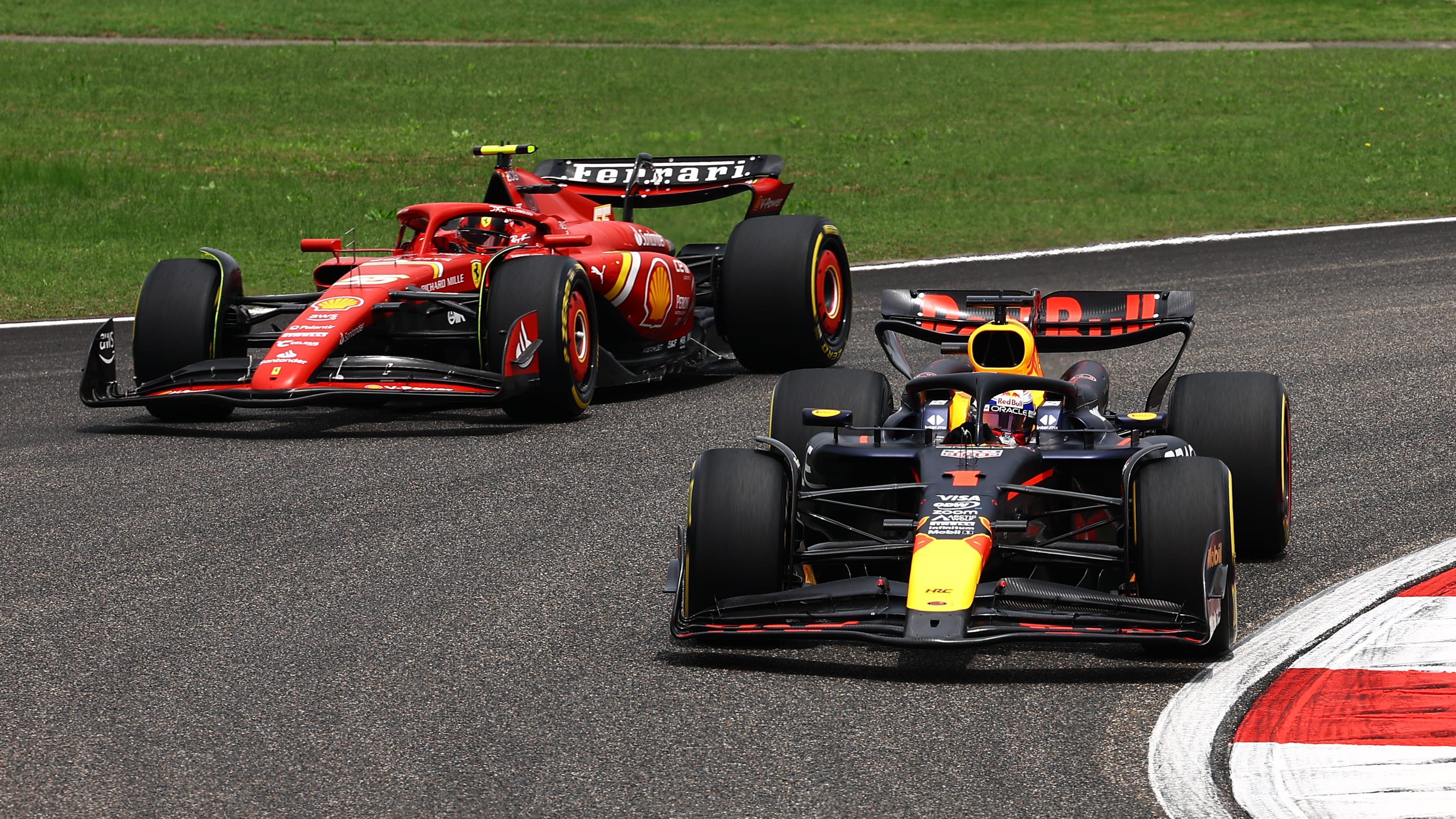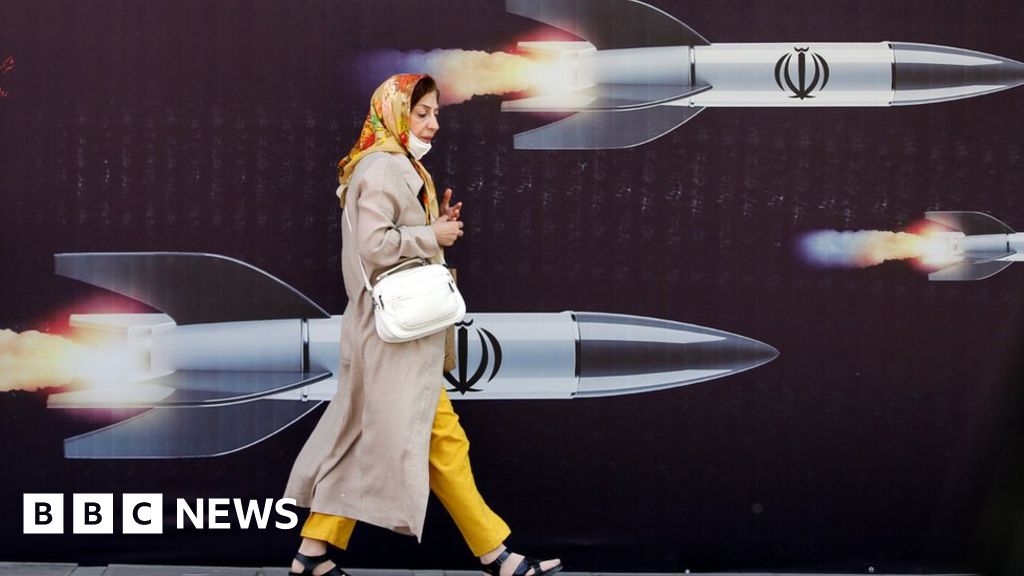The CNC (Computer Numerical Control) machines are renowned for their superb accuracy. Certain machining operations need the high performance that a CNC comfortably provides. John T Parsons built the first CNC machine in the 1950s, and the robot followed suits soon after.
The CNC machine is used for cutting, milling, and grinding. The CNC is slowly being replaced by automation via robots. Robotic machining is an alternative for fabricating metal as well as non-metal materials. Robotic machining can p [process not-metal materials based on their hardness, physical tolerance, design intricacy, and the final surface finishing. Advances in technology mean robots have become better and faster.
Industrial Robots
The use of industrial robots in the manufacturing industry has grown and is predicted to grow further. In 2009’s economic crisis, robot sales took a significant dip. According to a recent study, the sale of robots improved by almost 40% in 2011, primarily to metalworking and automotive industries.
Almost 80% of the sold industrial robots were for welding and material handling activities. The sales percentage for machining robots is under 5% of the total sales. These figures are expected to rise as machining robots are used in various industrial settings.
Machining Robots
Machining robots use a TCP (tool center point) to perform varying operations, similar to a CNC machine. For example, by altering a tool’s surface pressure on a workpiece, machining robots can do finishing tasks like grinding, deburring, and polishing, all conventionally done manually.
Machining robots can work in three, four, and five axes. Numerous technology improvements mean machining robots have become an alternative to CNC machines and manual labor. The machining robots have larger work volumes and areas, better tool positioning, and substantial cost reductions of at least 50%, making them have a more competitive edge.
Add-on capabilities like a better pressure control and a computer vision system can improve machining robotics’ flexibility and functionality and make them more costly.
Advantages of Machining Robots
The use of either CNC machines or machining robotics can be an expensive affair. Robots have some significant advantages over conventional CNC machines, and their bigger workspace and better versatility make them more attractive to industries. These two advantages make them better at working with objects of almost any size, shape, and intricacy.
There are some reasonably large CNC machines, but their disadvantage is their small workspace. Conversely, industrial robots have large workspaces, and you can add an external axis to extend its already large workspace.
The best quality and advantage of machining robotics is their versatility. You can quickly move these systems from working on one task to a different one. CNC machines only perform one task at a time.
A different main advantage of machining robotics is its flexibility. You can quickly move the robotics from one task to another. CNC machines are excellent at performing one particular task at a time, whether it’s cutting, drilling or milling.
A machining robot can do all of the same functions as a CNC machine and more, except that it can work on more intricate patterns than the CNC machines, which only have about three or four degrees of motion.
These degrees are often enough for most machining tasks but are also limiting as there is only so much you can do with three or four options. Almost all industrial robots use 6 degrees of motion, which allows them to build nearly any desired shape and size.
Conclusion
Technology advancements mean we are slowly moving away from the traditional machines and entering a new era of robotics. Robotics do a lot more, over and above what the CNC machine can do by being faster, more versatile and offers more degrees of motion. A CNC machine can do so much, but a robot performs similar functions, is faster and more versatile. Is the CNC machine on its way to extinction? This is a probability in a few years as robots will take over and do the job faster and better.

“Hipster-friendly explorer. Award-winning coffee fanatic. Analyst. Problem solver. Troublemaker.”






More Stories
Sony shuts down LittleBigPlanet 3 and Nuking Fan Creations servers
Google's HD Chromecast is just $20
The new 12.9-inch iPad Air could make you think twice about the 2024 iPad Pro